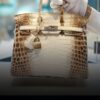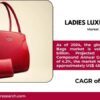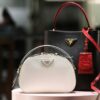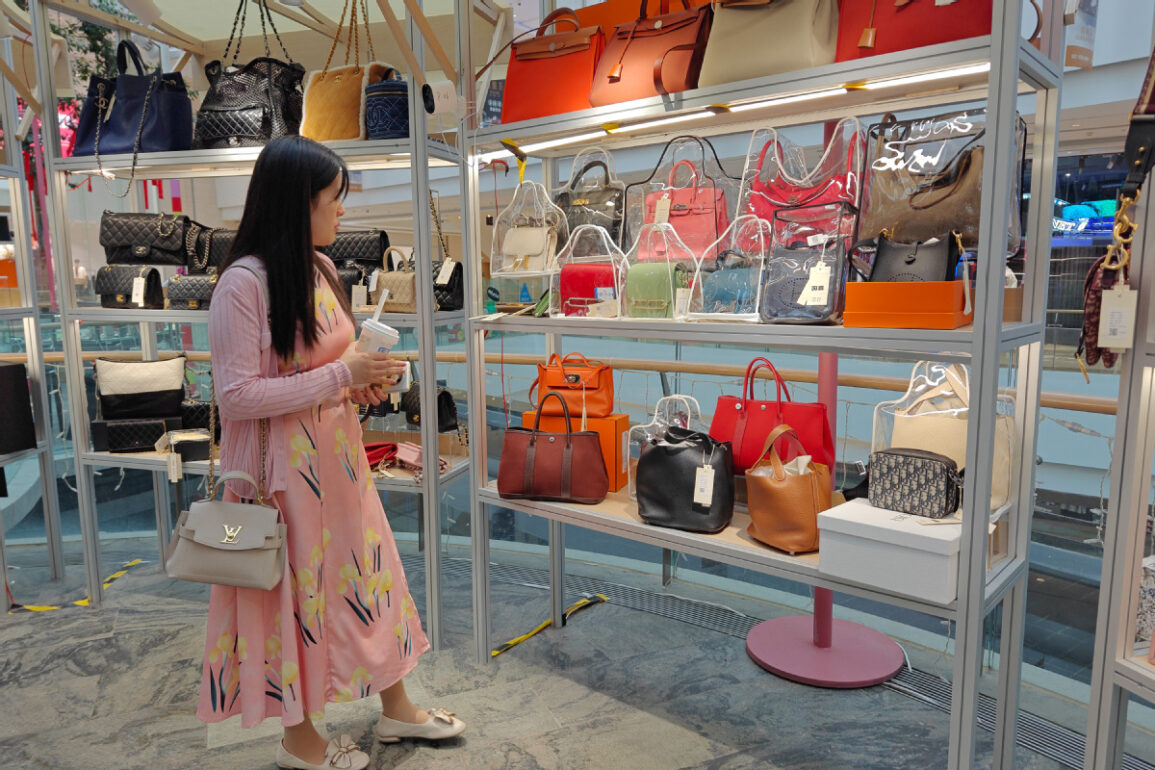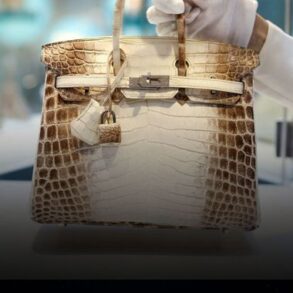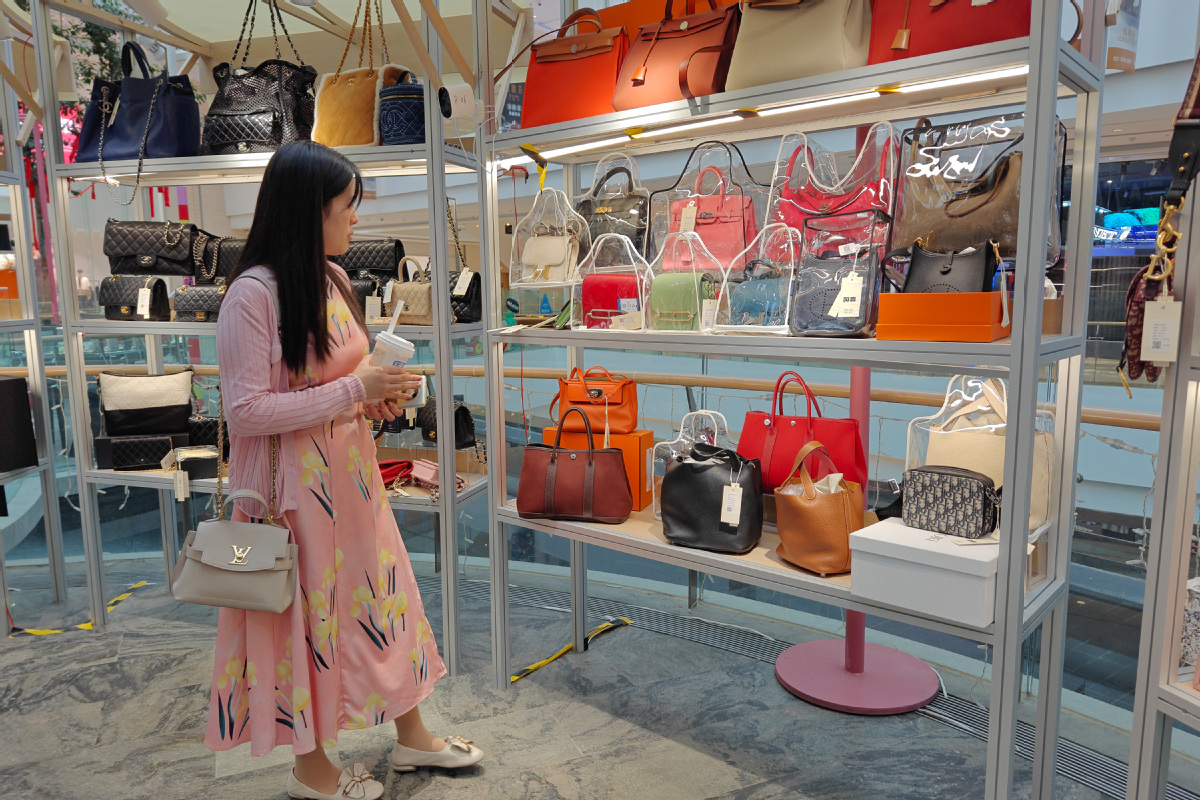
China’s pre-owned luxury goods market has grown remarkably in recent times as the impact of the COVID-19 pandemic on it has subsided and the purchasing power of China’s middle-income consumers has also gradually recovered, experts said at a trade forum.
China’s secondhand luxury goods market has grown to such a size that the potential value of all the products that could be traded could exceed 3 trillion yuan ($420 billion), said the Yaok Institute, a market research firm.
However, the actual 2022 sales and estimated 2023 sales were not immediately available. Handbags, clothing, footwear, watches, jewelry and wines are some of the product categories popular among Chinese consumers of secondhand luxury goods, market sources said.
The rapid growth of e-commerce has spurred the market, so trading in it needs to improve to global standards, said the China Entry-Exit Inspection and Quarantine Association.
“Given continuous consumption upgrade, we should cultivate more professional talent for the further development of the market and strengthen cooperation with colleges and research institutions,” said Wang Xin, president of the association.
Young female consumers have become the mainstay of the secondhand luxury goods market in China. High-end handbags are the most active category, with clothing and footwear expected to see rapid growth in sales. But the spending power of male consumers and those aged above 40 cannot be underestimated either, said a report based on new research carried out by the University of International Business and Economics in Beijing.
Zhang Mengxia, director of Luxury China of the UIBE, the first academic research and talent training institution for luxury products management in the country, said: “The trading volumes of the top eight luxury brands accounted for about 80 percent of the total transactions for secondhand luxury products, and some niche brands have gained in popularity.
“As Chinese consumers have diverse and specific fashion demand, unique designs of luxury products will drive secondhand luxury consumption.”
China’s secondhand luxury products market boasts a large scale, but the circulation rate is still lower than that of developed markets such as Europe, the United States and Japan, Zhang said.
According to Bain & Co, the global luxury market this year is projected to reach 1.5 trillion euros ($1.64 trillion), growing 8-10 percent over 2022, which will likely be a new industry record, fueled by resurgence in social interactions and travel.
By 2025, China is expected to become the world’s largest luxury consumption market. The Chinese mainland posted a strong performance in the first quarter, the consultancy said.
Bain & Co further said Hainan island is poised to grow as a bright luxury hub as it is set to become a duty-free island by 2025.
Experts expect strong growth of firsthand luxury goods to have a knock-on effect on the secondhand goods market. Internationally, luxury brands have been showing an increasing interest in the secondhand market, with some companies launching their own secondhand trading platforms.
Authenticity and consumer trust will be critical to the healthy development of the sector, Zhang of Luxury China said.
The increasingly active secondhand market is expected to help promote China’s circular economy and green development, facilitating the country to achieve its dual-carbon goals, said Zhang Zhigang, former vice-minister of commerce.
zhuwenqian@chinadaily.com.cn
This post was originally published on this site be sure to check out more of their content.

